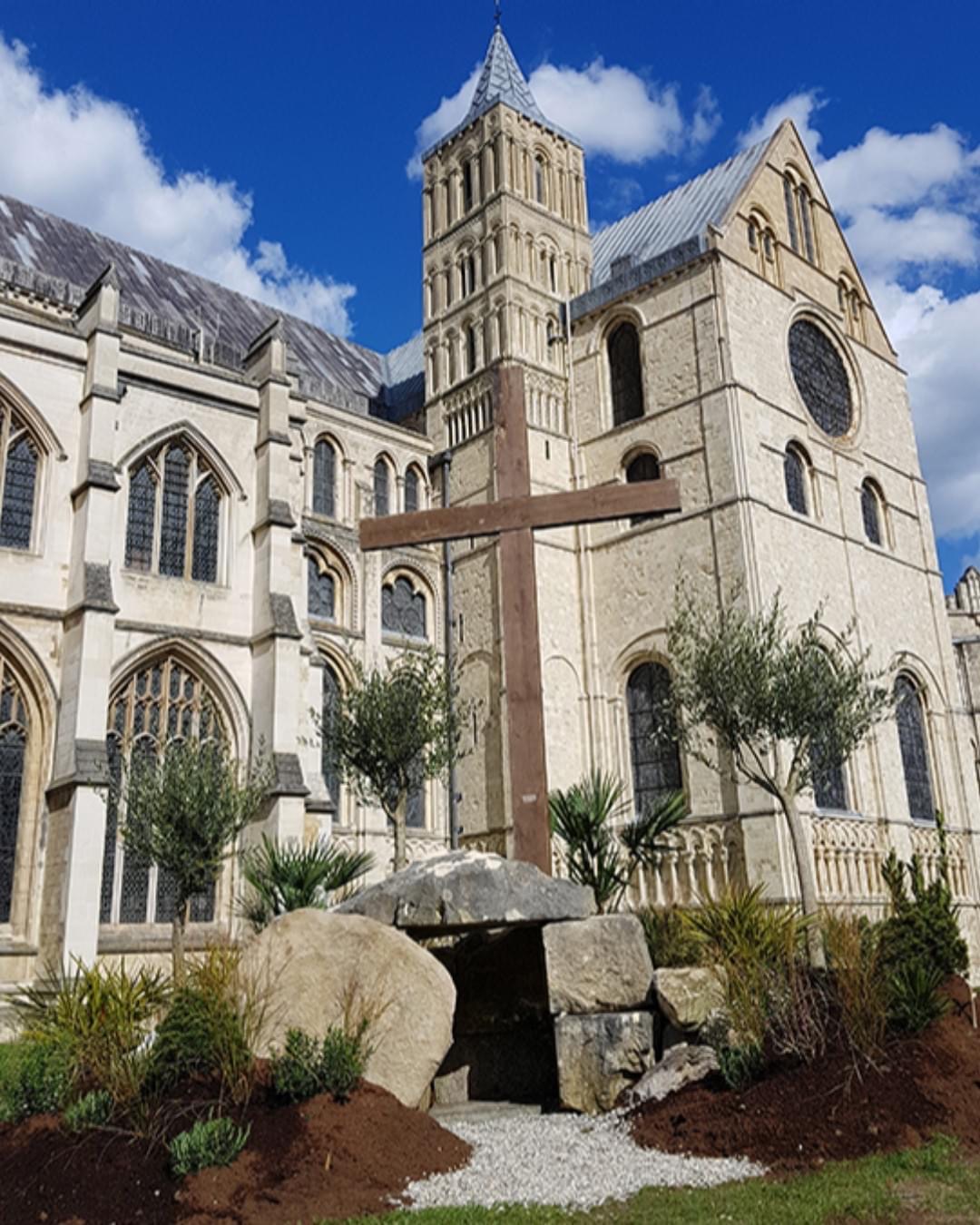St Luke 24: 1 – 12
But on the first day of the week, at early dawn, they came to the tomb, taking the spices that they had prepared. They found the stone rolled away from the tomb, but when they went in, they did not find the body. While they were perplexed about this, suddenly two men in dazzling clothes stood beside them. The women were terrified and bowed their faces to the ground, but the men said to them, ‘Why do you look for the living among the dead? He is not here, but has risen. Remember how he told you, while he was still in Galilee, that the Son of Man must be handed over to sinners, and be crucified, and on the third day rise again.’ Then they remembered his words, and returning from the tomb, they told all this to the eleven and to all the rest. Now it was Mary Magdalene, Joanna, Mary the mother of James, and the other women with them who told this to the apostles. But these words seemed to them an idle tale, and they did not believe them. But Peter got up and ran to the tomb; stooping and looking in, he saw the linen cloths by themselves; then he went home, amazed at what had happened.
Reflection
How many times did Jesus predict his death? The first time was when he had just fed the multitudes, he said that the “Son of Man must suffer many things; be rejected by the elders, chief priests, and scribes; be killed; and be raised again.” The second time was shortly after the transfiguration. The third time was when he and his disciples were heading up toward Jerusalem for the Passover. He told his disciples how he would be mocked, scourged, crucified, and then rise again. The Gospel of John gives a few more predictions of Jesus’ death, but they are slightly more subtle. In the ears of the disciples Jesus’ predictions seemed as an idle tale. It took the disciples the events of Good Friday to disentangle themselves from the confusion about why Jesus was telling he was going to die.
Jesus died on Friday. And now it’s Sunday. The women who were Jesus’ disciples and their friends, come to the apostles and tell them that Jesus is risen. Here is one thing in the text worth pointing out. Some of the disciples were unsympathetic to the women, treating their report as an idle tale. Somehow Peter—perhaps because of his experience at the mount of transfiguration was spared the temptation to dismiss the report of the women.
Instead of dithering, he got up and went running to the tomb. And of course, he found what he probably already knew to be true: the tomb was empty. Our challenge at Easter is to hear the angel’s words to the women: “He is not here, he is risen! “He is not here, he is risen!” all combines to impress us with the holy, and everlasting truth that Jesus, God’s Son and the world’s saviour, has eternally defeated death for himself and for all humanity.
Prayer
This Easter, Lord Jesus may we realise afresh what your death and resurrection means to us.
As we continually rejoice in your glorious and triumphant victory over death,
help us to live for it and in it and for it.
Give us eyes that look upon your sacrifice, grace, love,
and rejoice in our salvation.
Above all, give us the ability to tell the good news of your resurrection to the world.
Amen.
AP-18-S-to-S-Easter-tomb.jpg



